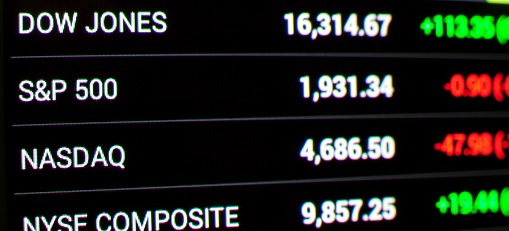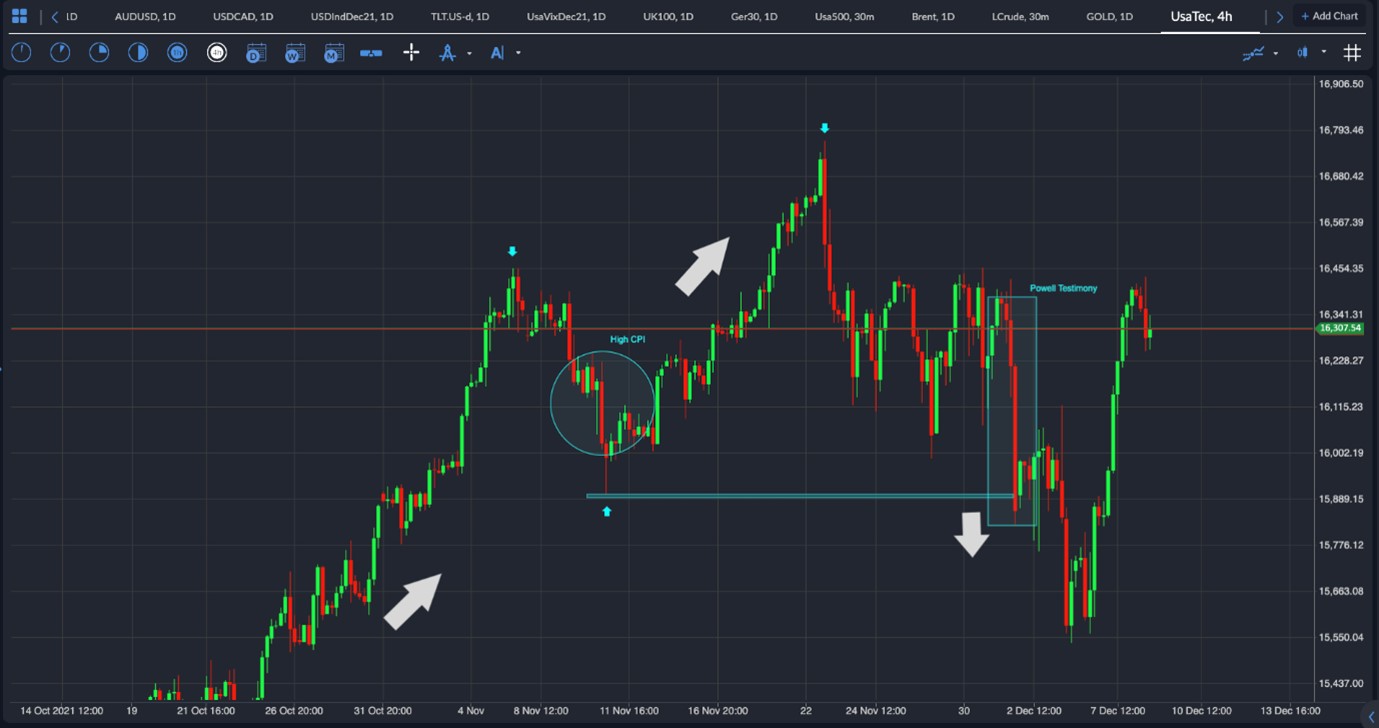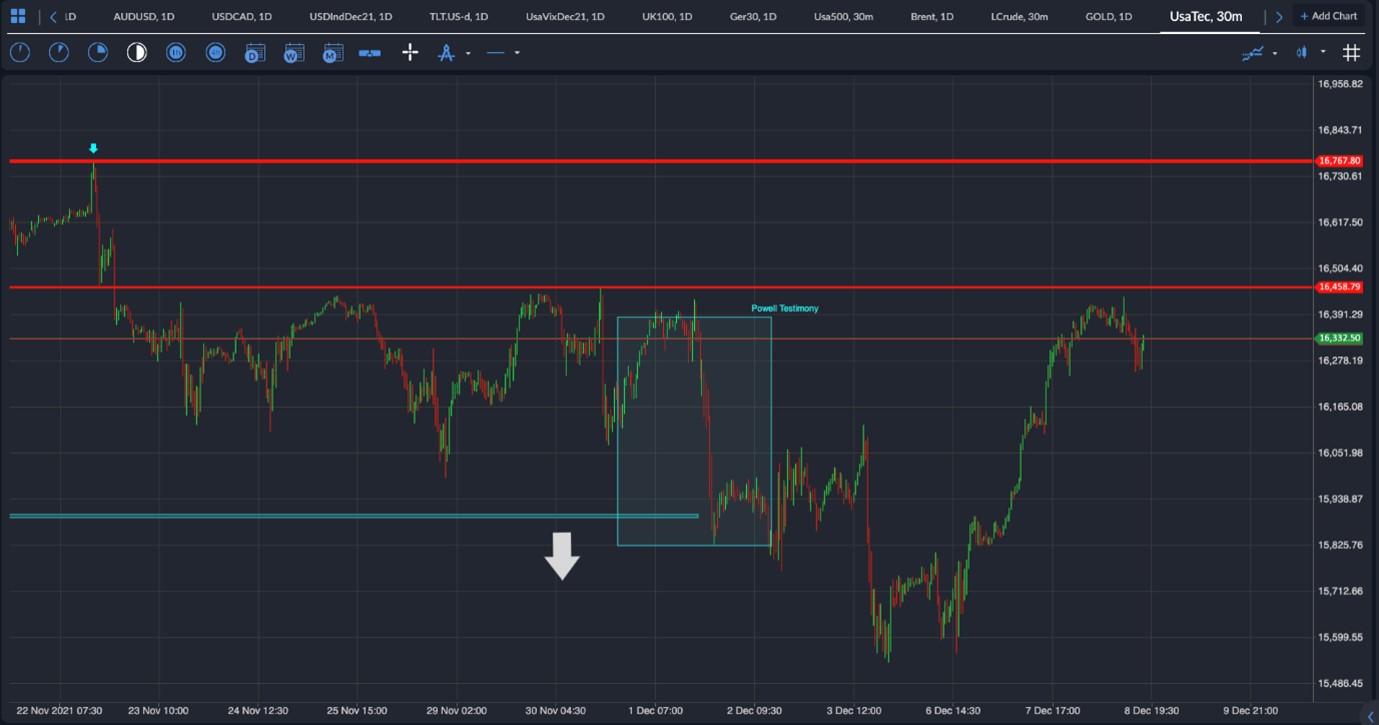Weekly Index Analysis
Don’t fight the Fed is a mantra a lot of traders will recall. For me, I am shifting to don’t fight the Bond Market as I feel the Fed is taking their cues from the managers of money more than anything else.
We have the US 10-year Treasury auction this afternoon, as well as the US Treasury auction of 30-year bonds tomorrow. In my observation of US equities, I’ve noticed that the indices don’t move cleanly until these auctions have been completed. Why might this be? The CME website explains that “the US 10-year etc. are among the most actively watched benchmarks in the world. The 10-Year US Treasury Note futures contract offers traders and investors unrivalled liquidity and capital-efficient, off-balance-sheet Treasury exposure, making it an ideal tool for a variety of hedging and risk management applications, including interest rate hedging, basis trading, adjusting portfolio duration, curve trading, expressing directional views, and more.”


We will have the US CPI reading by the end of the week, which will be one of the most anticipated inflation readings that will affect the market. Fed Chair Powell said the Fed prefers the PCE inflation data but that the Fed takes in all the data and makes a holistic assessment. In my opinion, these Treasury auctions will serve as a good indicator of how the biggest and most sophisticated market participants view the chances of a) the US inflation reading falling as expected by analysts, and b) what that then means for the Fed’s monetary policy. If the US CPI drops as expected this month, the Fed may not feel the need to speed up the taper.
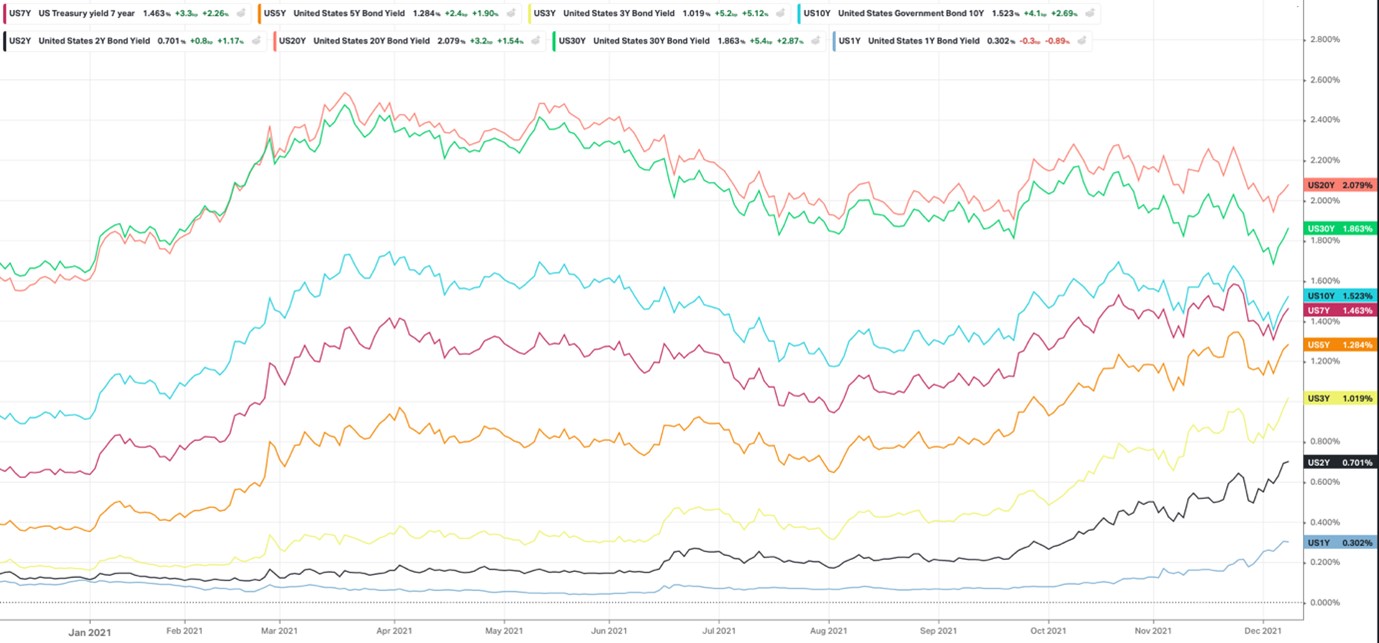

A few weeks ago, when the US CPI print came in hotter than expected, the US yields started to rise, and the US 10-year Treasury futures descended sharply. After that shock to the downside, the Nasdaq proceeded to rise to new all-time highs. As you can see from the chart above since the start of December 2021, the entire yield curve from 2-year out to 30-year is turning higher. The Nasdaq ended up breaking the lows from the November CPI print when Fed Chair Powell testifies in front of the US Congress and talked of ‘retiring the word transitory’ with regards to inflation.
See real-time quotes provided by our partner.
On the 4-hour chart of the Nasdaq we can see the current price action is back above the price levels we had prior to the high CPI print and back to the price levels immediately before Powell retired the word transitory. What we haven’t done yet is take out the previous swing highs which would be a bullish signal to counter the break of the significant swing lows at the start of December.
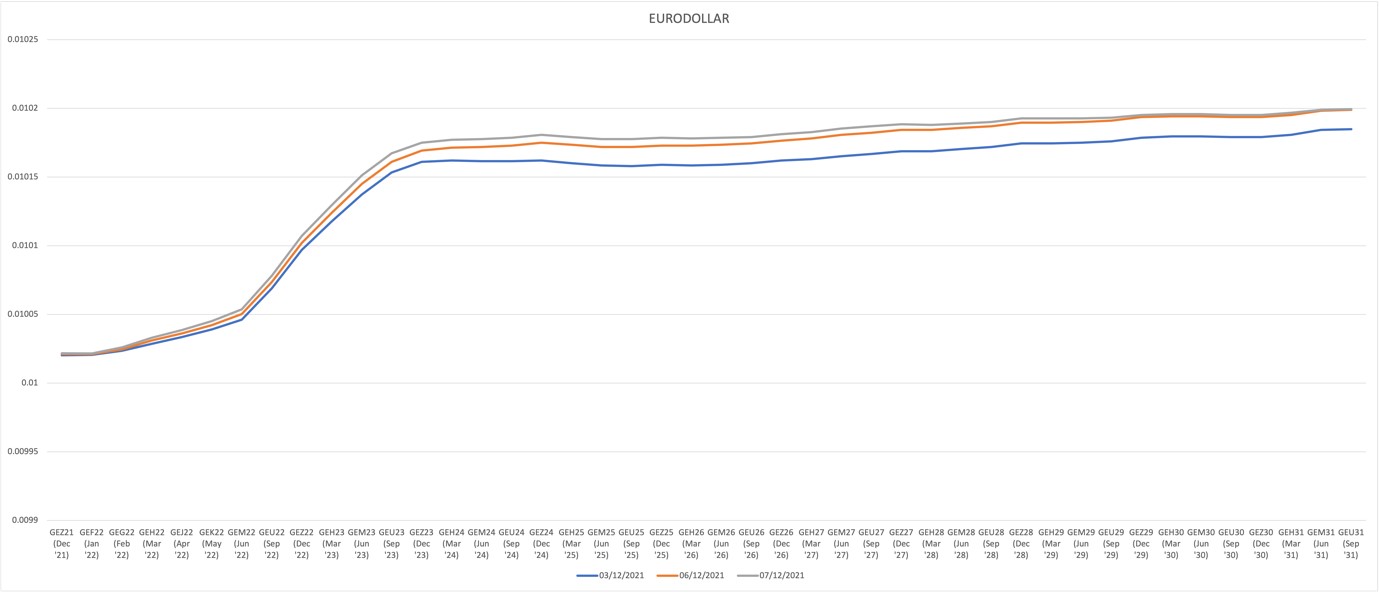

In the run-up to today’s 10-year auction, I have been monitoring the EURODOLLAR futures and their yield curves. The EURODOLLAR market along with the US Bond market is one of, if not the most sophisticated, deep liquidity markets in the world. These traders must predict what the Fed will do months in advance so as not to be caught on the wrong side of a trade. At the start of December, the curve was steepening over the course of the next couple of years but then it started to invert around 2025, showing some bearish underlying factors that were being priced in. As of the end of the day yesterday the curve has started to rise and look more bullish again in the period 2025 to 2027, so the market is feeling better about something. That something could possibly be based around the Omicron variant not being perceived to be any worse than the Delta variant. That something may be that the US Senate is getting closer to sorting out the US debt ceiling and therefore President Biden’s Build Back Better spending bill.
Currently the net transfer of money from the Federal Government to the non-government is averaging $6billion per day less than in November and roughly the same amount less year-on-year. This is also not a bullish signal as the fiscal spending travels into the economy and usually lands in the corporations’ profits. Which leads to higher stock prices etc. We are also noticing that some very wealthy CEOs are selling enormous amounts of stock in pre-planned sales. That could be due to a change in the tax laws, but it could also be due to the foresight of less profits coming next year due to inventory disruptions and less retail spending.
See real-time quotes provided by our partner.
For me to feel more bullish I would want to see today’s price action close above the 16,460-price level today and tomorrow. Then assuming the CPI does come in lower than November I would imagine the Nasdaq would be by then testing the all-time highs. If for some reason the market doesn’t like the message the Bond market sends tonight and tomorrow, I will be looking for a deeper correction into the end of the week and possibly the rest of the month.
Yesterday’s 550-point move could have been the ultimate short squeeze. It could also be viewed as the entry for the bears. Usually, at the top of a trend, the first major correction occurs when the Bulls liquidate their longs. As they liquidate the Buy the Dip traders step in and as they try and re-take the highs the short-selling piles in and overwhelms these latecomers to the bull trend. As these weak hands holding long trades get squeezed harder the move to the downside accelerates as they puke their positions, and the shorts take control. For that reason, I will be monitoring the 50% level of yesterday’s move at 16094. If that level is breached, we could be back to 15,500 soon after.
Until we receive the new data it is best to sit on your hands, watch the significant levels and how price reacts to them. Have a plan of what you will do before the price gets there and a plan B for when the opposite thing happens.
